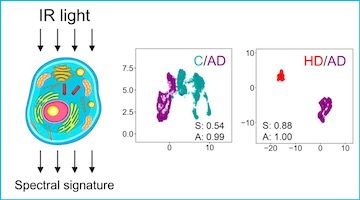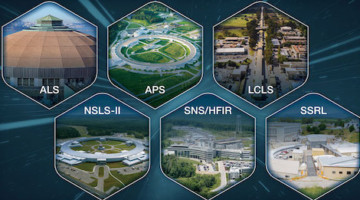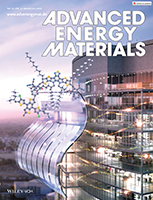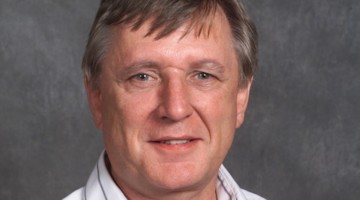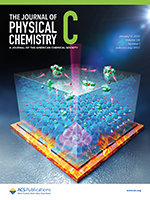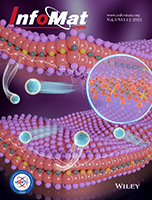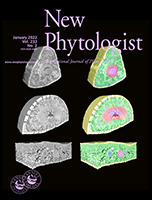Early detection of Alzheimer’s disease may soon be within reach, thanks to spectral phenotyping. Using infrared spectroscopy, Berkeley Lab researchers developed this technique to detect the subtle biochemical changes in a “cellular fingerprint” that is characteristic of the devastating disease. Read more »
All News & Updates
ALS Scientists to Collaborate on Three DOE Small Business Awards
Three Bay Area companies have been awarded DOE Phase I small business grants to collaborate with ALS scientists to conduct R&D. Rochester Scientific and HighRi Optics will work with Valeriy Yashchuk and MLtwist will work with Alex Hexemer. Read more »
Reshaping the World of Research Through Remote Experimentation
At a time when the need was greater than ever, seven user research facilities formed a team of experts, the Remote Access Working Group (RAWG), to figure out how their institutions could keep the science going even when the researchers couldn’t access them in person. Read more »
March 2 Deadline for General User Proposals
The User Office is accepting new General User Proposals (GUPs) from scientists who wish to conduct research at the ALS in the 2022-2 (August–December) cycle. The deadline for submissions is March 2, 2022. Applicants are reminded that they may request joint access to the Molecular Foundry, a nanoscience user facility at Berkeley Lab, to support their ALS activities. Read more »
Synergistic Engineering of Side Chains and Backbone Regioregularity of Polymer Acceptors for High-Performance All-Polymer Solar Cells with 15.1% Efficiency
Researchers developed a series of polymer acceptors with controlled backbone regioregularities and side chain structures. All-polymer solar cells based on a RRg-C20 acceptor which has a regioregular backbone and optimal side chain length achieve a high power conversion efficiency of 15.12%, attributed to high electron mobility and optimal blend morphology. Read more »
In Memoriam: Malcolm Howells, X-Ray Optics and Imaging Pioneer
Malcolm Richard Howells, a pioneer in x-ray optics and x-ray imaging, and an important contributor in the early days of the ALS, died on November 24, 2021. He will be deeply missed by all his colleagues and the generations of scientists that he trained and who now walk in his footsteps. Read more »
Advanced Light Source Director Steve Kevan to Retire
Steve Kevan, director of the ALS since 2018, has announced that he will retire later this year. An international search for his replacement will be initiated soon. Read more »
Atomic-Scale Insights into Nickel Exsolution on LaNiO3 Catalysts via In Situ Electron Microscopy
In situ electron microscopy provides atomic-scale insight into the dynamic structure evolution of LaNiO3 perovskite during vacuum heating. This research established a sequential two-step process in the decomposition of LaNiO3 and gives evidence of the diffusion pathway for the lattice oxygen released during the perovskite decomposition. Read more »
Synthesis of new two-dimensional titanium carbonitride Ti2C0.5N0.5Tx MXene and its performance as an electrode material for sodium-ion battery
Researchers report on the synthesis and characterization of a new 2D carbonitride MXene, Ti2C0.5N0.5. They explore the performance of this new MXene as electrode materials for sodium-ion batteries (SIBs). It outperformed its carbide counterpart (i.e., Ti2C) and all the other reports for multilayer MXenes in SIBs, and it showed a stable electrochemical performance over 500 cycles. Read more »
The three-dimensional construction of leaves is coordinated with water use efficiency in conifers
3D anatomical views of conifer leaves with diverse morphologies, generated using synchrotron microCT imaging (colors show different segmented tissues). Top–bottom: Pinus monticola, P. pungens, and Wollemia nobilis. Image courtesy of Santiago Trueba. Read more »
- « Previous Page
- 1
- …
- 42
- 43
- 44
- 45
- 46
- …
- 139
- Next Page »
